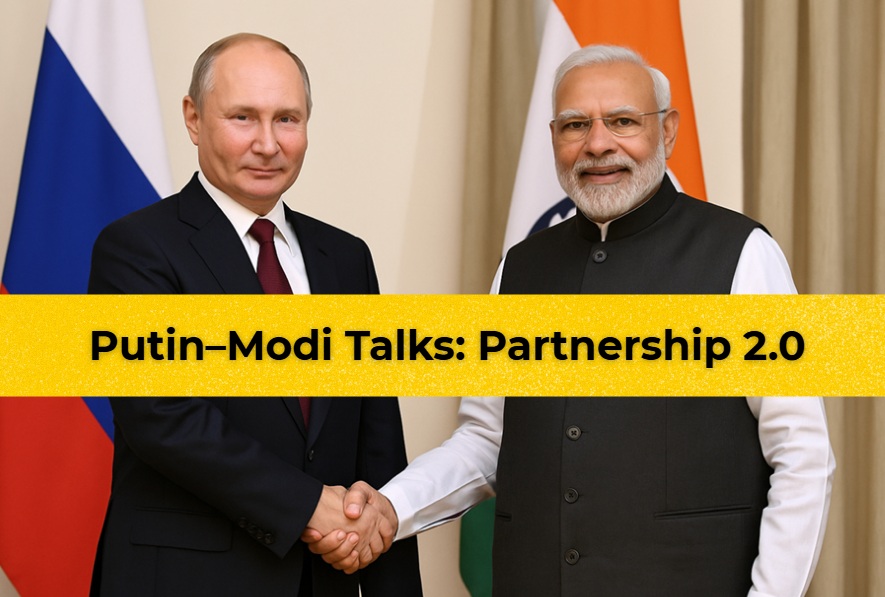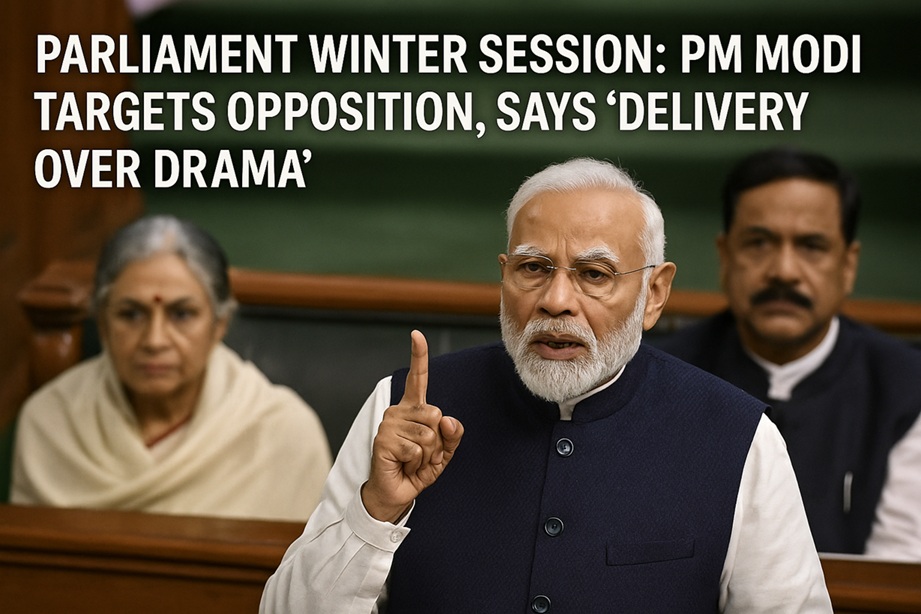The recent violence in Nagpur, Maharashtra, has brought to the forefront the volatile intersection of history, politics, and communal tensions in India. The unrest, which erupted over the controversy surrounding the removal of Aurangzeb’s tomb in Khultabad, Chhatrapati Sambhajinagar, underscores how historical debates can ignite modern-day violence. This incident is not an isolated one but part of a recurring pattern where historical grievances are weaponized to fuel communal discord, often leading to widespread destruction and loss of life.
The Trigger: Aurangzeb’s Tomb and Historical Resentment
The immediate catalyst for the violence was a demonstration organized by a local group protesting the alleged glorification of Aurangzeb, a Mughal emperor whose reign (1658–1707) remains deeply controversial. Aurangzeb is often vilified in certain historical narratives for his policies, including the execution of Chhatrapati Sambhaji Maharaj, the son of Shivaji, the revered Maratha warrior king. For many, Aurangzeb symbolizes religious intolerance and oppression, particularly against Hindus.
The debate over Aurangzeb’s legacy has been reignited by the release of the film Chhava, which portrays the life of Chhatrapati Sambhaji Maharaj. The film has sparked calls for the removal of any monuments or symbols associated with Aurangzeb, including his tomb in Khultabad. This demand has been met with resistance from those who argue that historical figures should be assessed in the context of their time and that erasing history is not the solution to contemporary problems.
Escalation of Violence: Misinformation and Mob Mentality
The demonstration in Nagpur quickly turned violent as misinformation began to spread. Rumors that certain religious texts had been desecrated further inflamed tensions, leading to clashes between two opposing groups. Eyewitnesses reported scenes of chaos, with mobs taking to the streets, pelting stones, and setting vehicles ablaze. A JCB machine was among the vehicles torched, reducing it to ashes. Police officials attempting to restore order were also attacked, highlighting the intensity of the unrest.
The role of misinformation in inciting violence cannot be overstated. In an era of instant communication through social media and messaging platforms, unverified information can spread rapidly, often with devastating consequences. In this case, the rumors acted as a catalyst, transforming a localized protest into a full-blown riot.
Political and Social Repercussions: Polarization and Communal Tensions
The violence in Nagpur has had significant political and social repercussions. The incident has deepened the ideological divide over how history should be remembered and interpreted. On one side are those who demand a reevaluation of historical narratives to reflect the perceived injustices of the past, particularly against Hindu rulers like Shivaji and Sambhaji. On the other side are those who advocate for a more nuanced understanding of history, arguing that historical figures like Aurangzeb should be judged within the context of their time.
This polarization has made Maharashtra a focal point of communal tensions. The state, with its rich history of Maratha resistance against Mughal rule, has become a battleground for competing historical narratives. The recent violence is a stark reminder of how these narratives can be exploited to fuel communal discord, often with the tacit or explicit support of political actors.
Government Response: Condemnation and Crackdown
Maharashtra Chief Minister Devendra Fadnavis has condemned the violence, calling for strict action against those involved. Security forces were deployed to control the situation, and over 50 individuals have been arrested so far. Investigations are ongoing to identify the key instigators behind the unrest. Authorities are also probing the possible involvement of extremist organizations in orchestrating the violence.
The state government has promised a thorough inquiry to uncover the masterminds behind the riots and prevent future incidents. However, the effectiveness of these measures remains to be seen. The recurring pattern of mob violence in various parts of the country raises concerns about the ability of law enforcement agencies to maintain public safety and communal harmony.
Broader Implications: Public Safety and Communal Harmony
The violence in Nagpur is part of a larger trend of mob violence in India, often fueled by historical grievances and communal tensions. Experts have pointed out that misinformation and organized efforts to incite violence have become significant challenges in maintaining peace. There is growing pressure on law enforcement agencies to implement preventive measures and strengthen intelligence networks to counteract such incidents before they escalate.
The incident also highlights the need for a more balanced and inclusive approach to history. While it is important to acknowledge and address historical injustices, it is equally important to avoid the politicization of history for contemporary gains. The challenge lies in finding a way to remember the past without letting it divide the present.
The Way Forward: Justice and Reconciliation
As the situation in Nagpur stabilizes, the focus remains on bringing the perpetrators to justice and restoring order in the affected regions. The Maharashtra government has reiterated its commitment to maintaining law and order while addressing the underlying issues contributing to such flare-ups. However, the path to reconciliation will require more than just punitive measures.
There is a need for dialogue and understanding between different communities to bridge the ideological divide. Educational initiatives that promote a more nuanced understanding of history could play a crucial role in this regard. Additionally, efforts to combat misinformation and promote responsible communication are essential to prevent the spread of rumors that can incite violence.
The violence in Nagpur serves as a powerful reminder of how historical debates can ignite modern-day conflicts. This incident highlights the urgent need for a balanced and inclusive approach to history—one that recognizes the complexities of the past without allowing it to create divisions in the present. As Maharashtra and the broader nation navigate these challenges, the focus must remain on fostering dialogue, understanding, and unity among communities.
The path forward requires not only accountability for those responsible but also a collective effort to address the root causes of such unrest. By promoting accurate historical narratives, combating misinformation, and encouraging open conversations, society can work toward healing and harmony. The coming days will be critical in shaping how authorities and communities respond to these challenges, ensuring that history becomes a bridge to understanding rather than a weapon of division.





